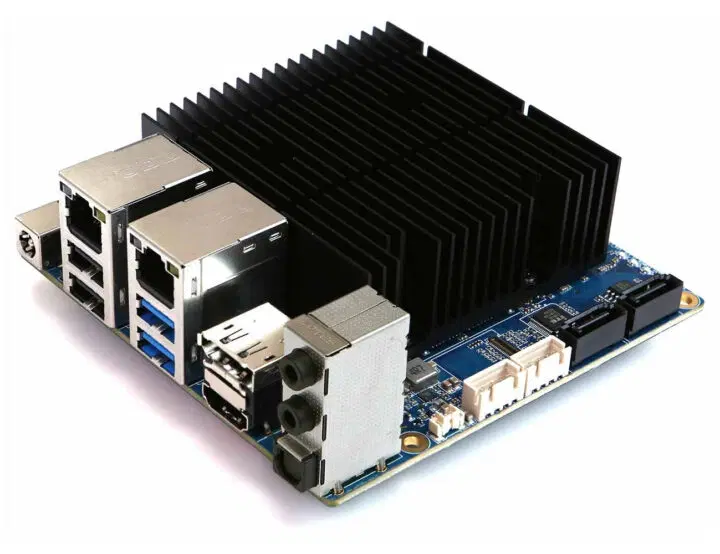
Last year, when Hardkernel decided to discontinue the production of the ODROID-H2+ SBC as a result of the global chip shortage currently faced by the IoT market, we thought that was the end for that line of boards, little did we know that the company had a lot up their sleeves.
We are pleased to inform you that Hardkernel has now brought back the ODROID H-series with not just one, but two new single-board computers based on 10nm Intel Jasper Lake quad-core CPUs: the ODROID-H3 and ODROID-H3+ SBCs.
The ODROID-H3 is powered by a 2.9 GHz Intel Celeron N5105 quad-core processor with 24EU Intel UHD graphics @ up to 800 MHz while the ODROID H3+ is based on a 3.3 GHz Pentium N6005 quad-core processor with 32EU Intel UHD graphics @ 900 MHz. All other features seem to be the same for the two; they both support up to 64GB RAM, have the same M.2 PCIe Gen 3 socket, and the same 2x 2.5 GbE, 2x SATA ports, 2x USB 3.0 and 2x USB 2.0.
Specifications of the ODROID H3/H3+ Include:
- Processor
- ODROID H3 – Intel Celeron N5105 quad-core Jasper Lake processor @ 2.0/2.9 GHz
- ODROID H3+ – Intel Pentium N6005 quad-core Jasper Lake processor @ 2.0/3.3 GHz
- Graphics
- ODROID H3 – 24EU Intel UHD Graphics @ 450/800 MHz
- ODROID H3+ – 32EU Intel UHD Graphics @ 450/900 MHz
- Dual channel SO-DIMM DDR4 memory with up to 64GB RAM (2933 MT/s)
- eMMC flash support
- 2x SATA 3.0 ports
- PCIe 3.0 x4 lanes for one M.2 NVMe storage
- Dual 2.5 GbE ports
- 2x USB 3.0 ports, 2x USB 2.0 ports
- 2x I2C, 1x UART, 3x USB 2.0, 1x HDMI CEC, 1x external power button
- Standard 12V PWM fan header
- Audio: HDMI, audio jacks for HP, MIC and S/PDIF
- Video Outputs: HDMI 2.0 and DP 1.2
- Power Supply: 14V to 20V DC power input
- Dimension: 110 mm x 110 mm
- Security: fTPM enabled
- Operating System: Windows, Linux, BSD, Android
- Certifications: FCC/CE/KC/RoHS
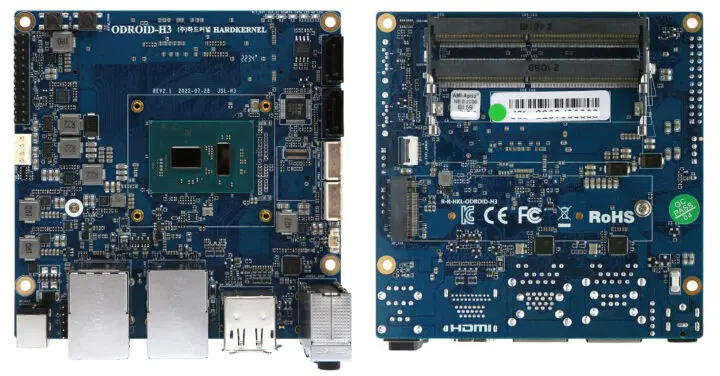
Compared with the ODROID-H2+, these new models are actually more powerful and offer higher performance with a larger memory capacity, more advanced IO ports and significantly faster Intel CPUs and graphics processors. The performance was even doubled in some cases.
Here‘s a table that describes how far apart the boards are from one another:
| Features | ODROID H2+ | ODROID H3 | ODROID H3+ | |
| Processor | CPU | Celeron J4115 | Celeron N5105 | Pentium Silver N6005 |
| Code Name | Gemini Lake | Jasper Lake | Jasper Lake | |
| Base Frequency | 1.8 | 2.0 (+11%) | 2.0 (+11%) | |
| Burst Frequency (Single Thread) (GHz) | 2.5 | 2.9 (+16%) | 3.3 (+32%) | |
| Burst Frequency (Multi Thread) (GHz) | 2.3 | 2.6 (+13%) | 2.8 (+22%) | |
| Memory | Max. Space (GB) | 32 | 64 (+100%) | 64 (+100%) |
| Max. Speed (MT/s) | 2400 | 2933 (+22%) | 2933 (+22%) | |
| Graphics Processor | Base Frequency (MHz) | 250 | 450 (+80%) | 450 (+80%) |
| Burst Frequency (MHz) | 750 | 800 (+7%) | 900 (+20%) | |
| PCIe (via NVMe Adapter) | Generation | 2 | 3 | 3 |
| Max. Transfer Rate (GT/s) | 5.0 | 8 (+60% more) | 8 (+60% more) | |
| Max. Throughput x4 (GB/s) | 2 | 3.94 (+97%) | 3.94 (+97%) | |
| Security | TPM 2.0 | fTPM disabled | fTPM enabled (this ensures that Windows 11 can run) | |
Meanwhile, the H3 and H3+ are compatible with the H2+ meaning you can reuse the same enclosures and add-on boards. The ODROID H3 sells for $129 while the H3+ goes for a higher price of $165.
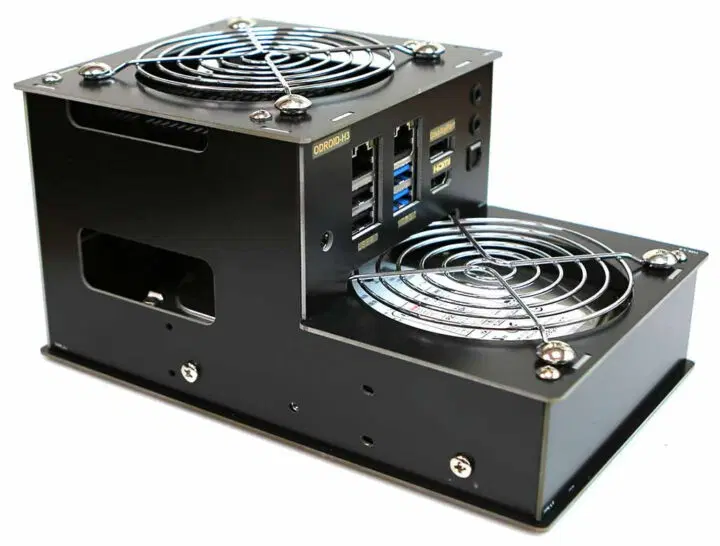
Other useful details on the boards, including instructions on installing OS, can be found on a Wiki page. There’s a forum post that also talked extensively about them.





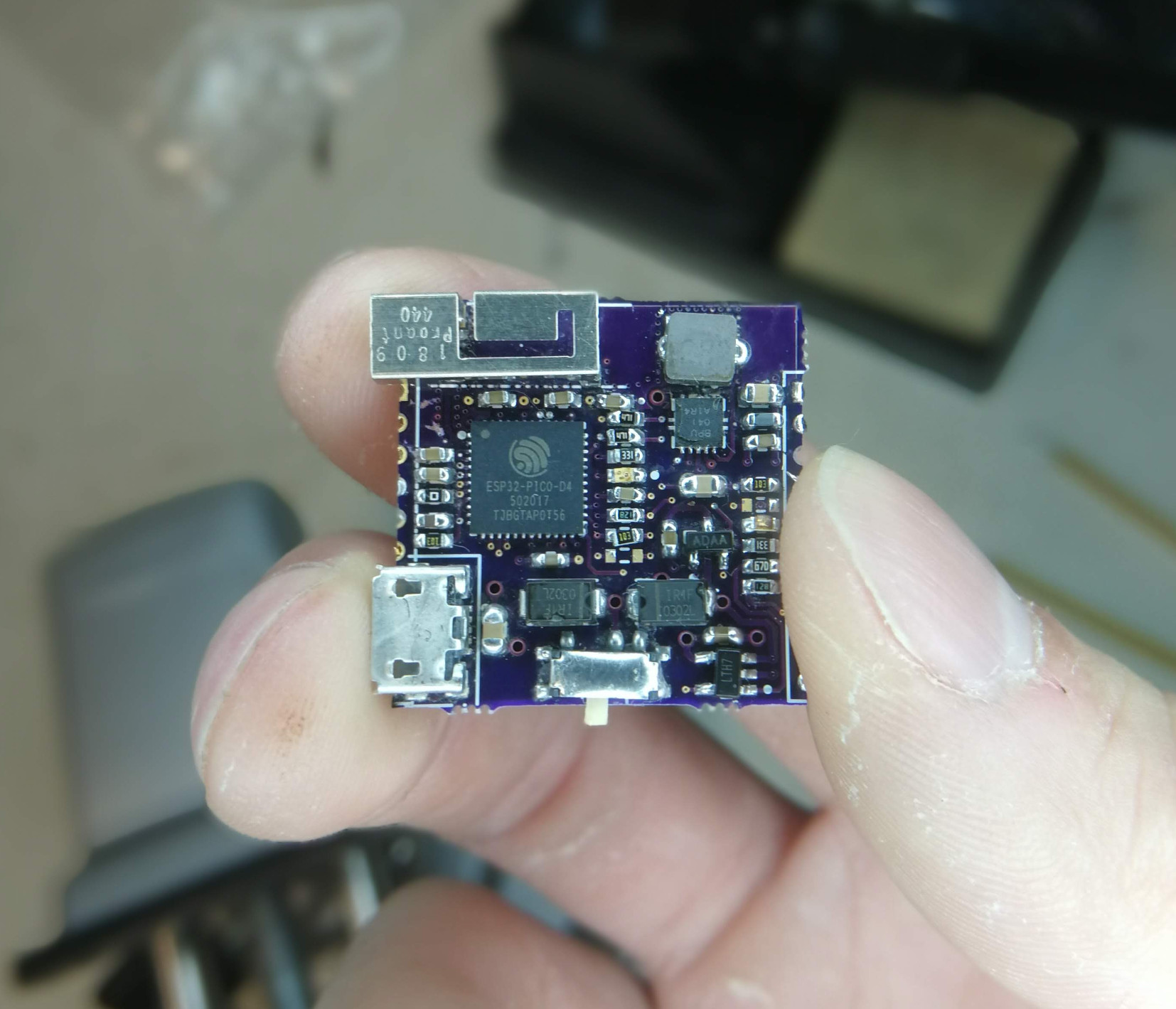
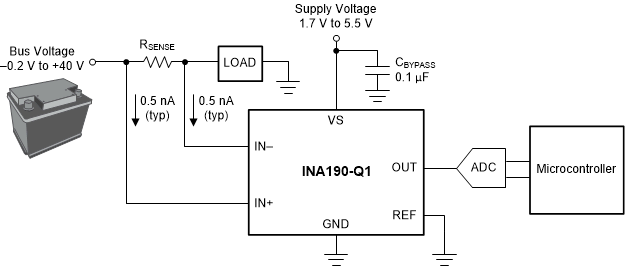
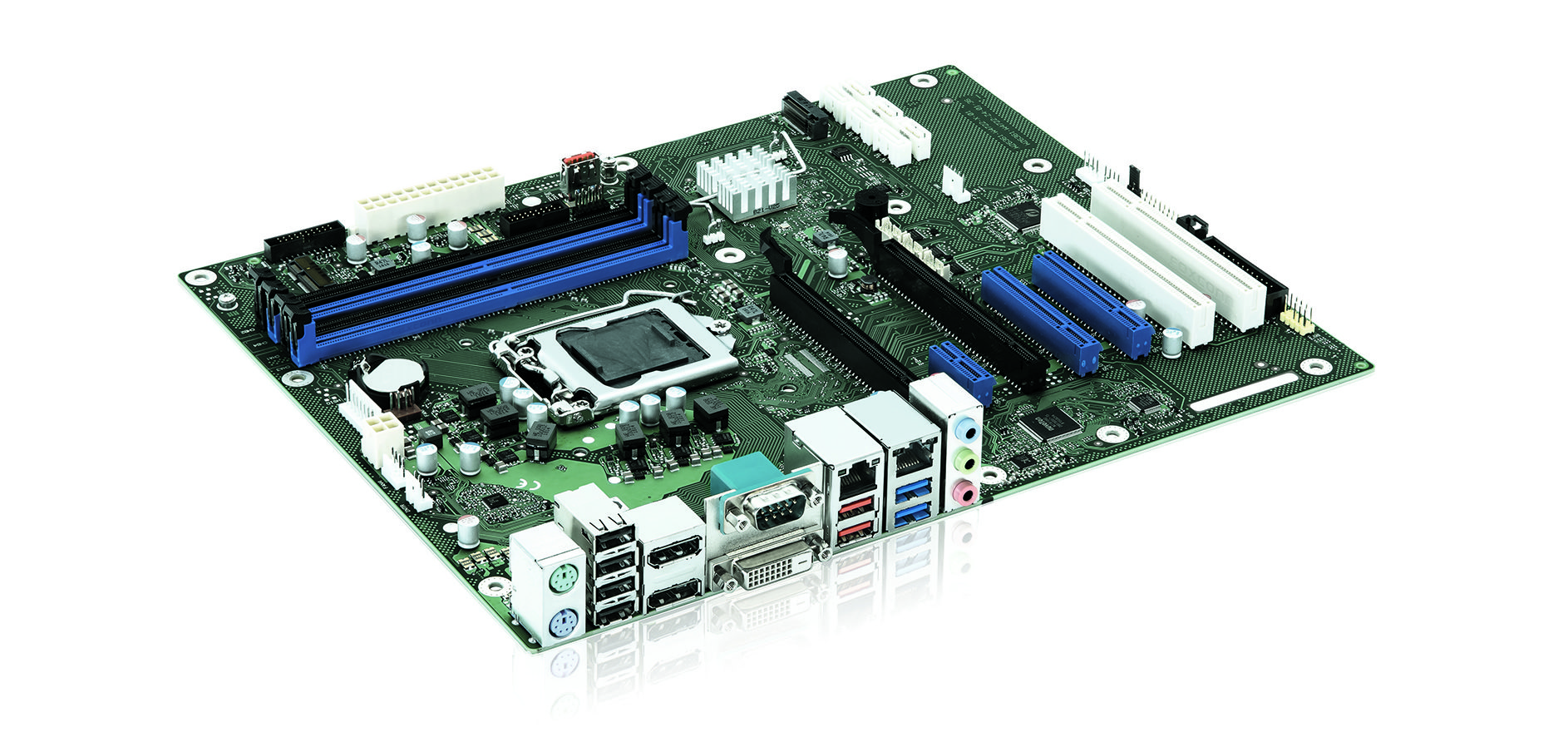


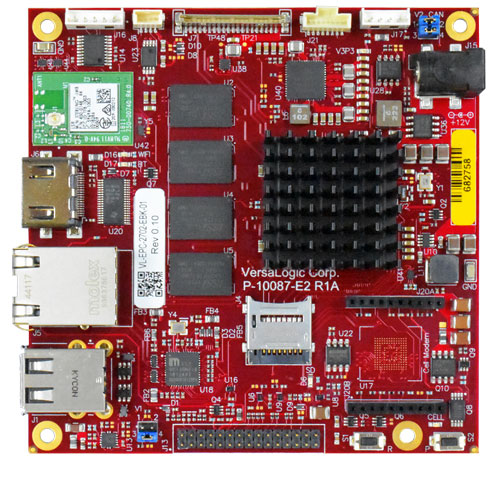






The board looks cool and the price is not bad but that case is ridiculous.